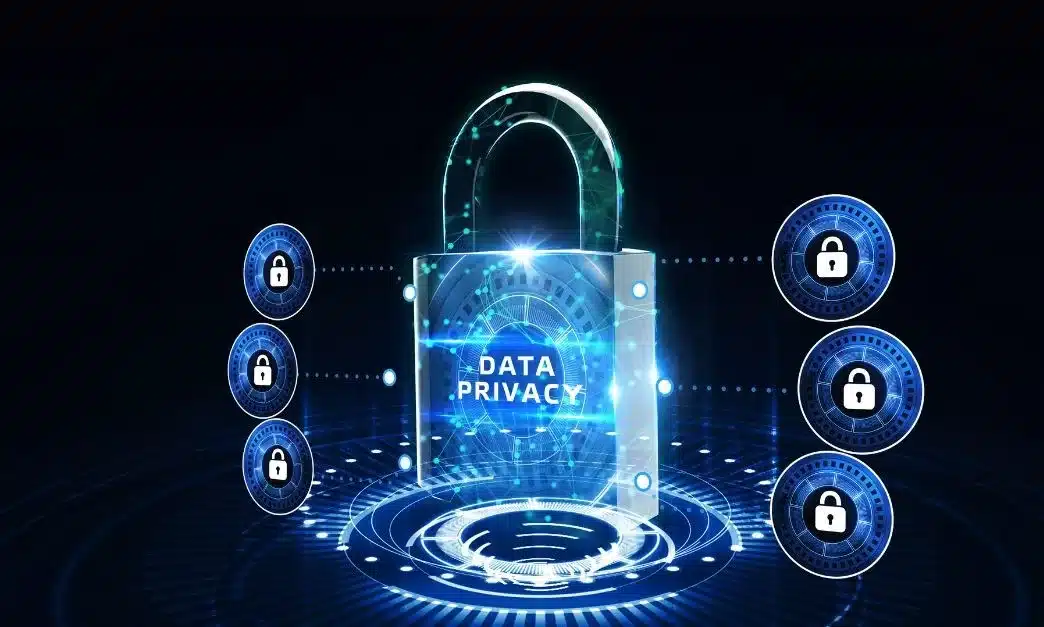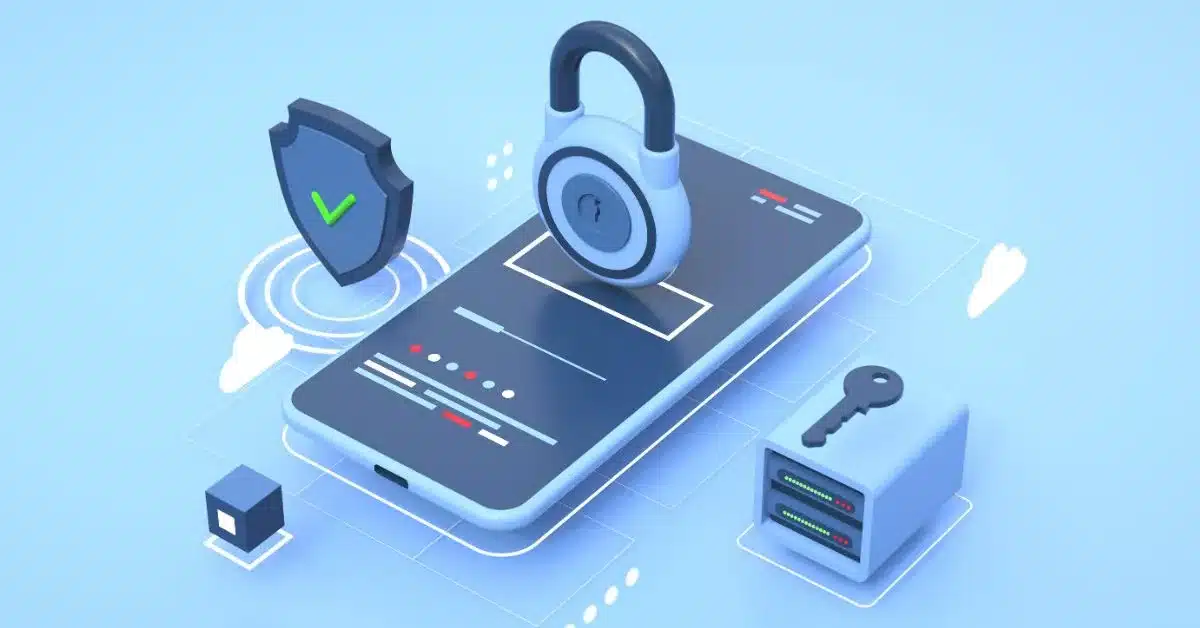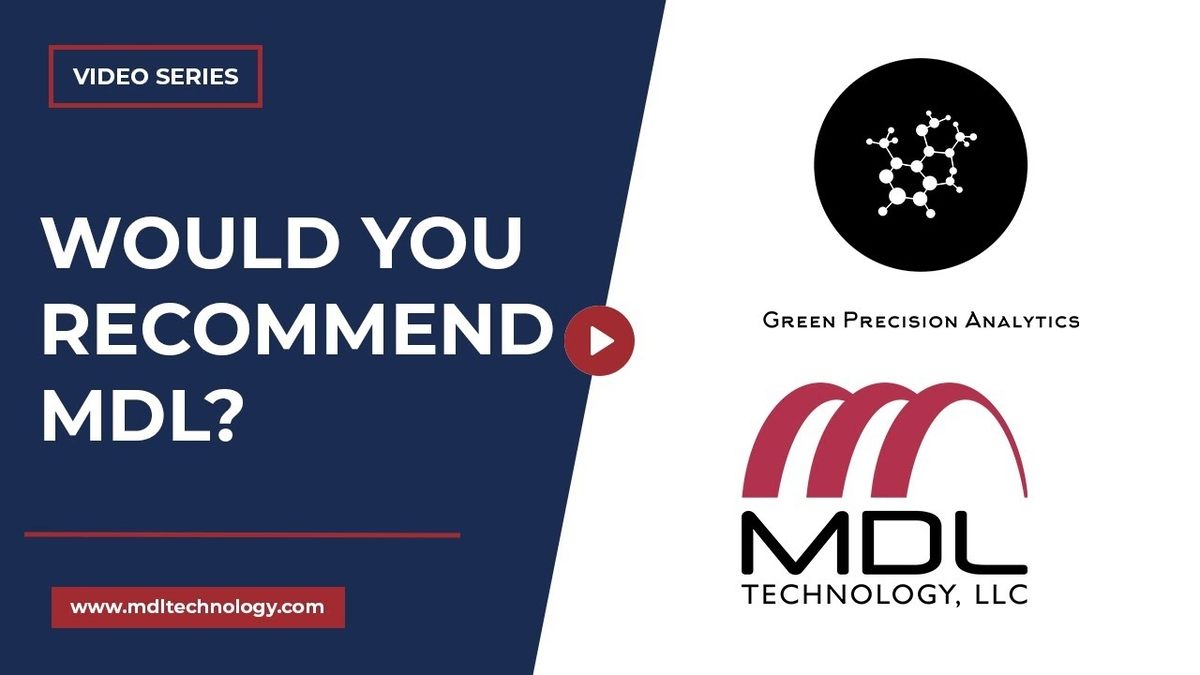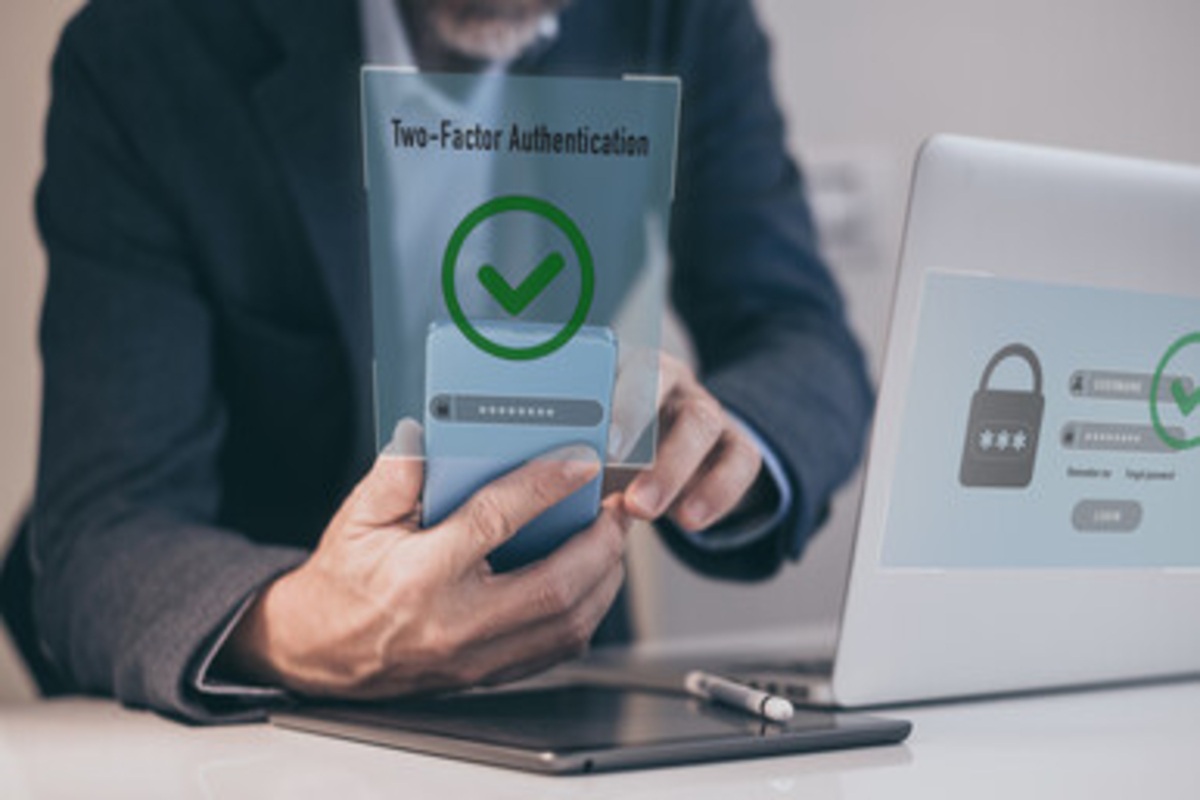Why Cybersecurity Matters: Safeguarding Your Business in the Digital Age

The digital realm is the lifeblood of modern business operations. It’s where sensitive financial data resides, customer information is stored and proprietary business insights are generated. Consequently, the security of this digital realm has become preeminent. Cybersecurity is no longer just an IT concern; it’s a strategic imperative that touches every facet of a business.
From the crippling impact of data breaches to the financial losses incurred due to system disruptions, the consequences of lax cybersecurity practices can be severe. As technology advances, so do the techniques employed by cybercriminals. As a result, businesses must adopt a proactive approach that aligns with the dynamic threat landscape.
With over a decade of steadfast service in Kansas City, MDL Technology is a dominant player in the managed service industry. Our services span cloud computing, cybersecurity, disaster recovery, and managed services. Boasting experts with decades of experience, we offer round-the-clock network monitoring, secure data recovery, and more. Let’s explore a set of eight pivotal questions designed to facilitate insightful conversations with your cybersecurity team. We’ll also examine why these conversations are crucial in fortifying your organization’s digital resilience.
The Power of Proactive Inquiry: 8 Key Questions for Your Cybersecurity Team
1. What Are the Current Threat Landscape and Emerging Trends?
Where information flows freely, and business operations depend on technology, cybersecurity is your shield against unseen threats. Cyberattacks have become increasingly sophisticated, and they spare no industry. As a responsible business leader, being well-informed about the fluid cyber threat landscape and emerging trends is crucial.
The cyber threat landscape is constantly shifting, with new threats and tactics emerging regularly. To effectively protect your organization, you must first know what you’re up against, making discussions with your cybersecurity team indispensable. This knowledge empowers you to allocate resources effectively and stay ahead of potential vulnerabilities.
Imagine a fortress protecting a kingdom. To reinforce its defenses, the king must know the strategies and weapons employed by potential invaders. In the cyber world, your kingdom is your business, and the invaders are cybercriminals. Engaging in discussions about the latest threats and tactics is similar to scouting your digital adversaries.
By staying informed about the current threat landscape, you can adapt your cybersecurity strategy to match the tactics and techniques used by malicious actors. Like a game of chess, your opponent constantly adjusts their strategy; if you don’t do the same, you’ll find yourself at a disadvantage. In the world of cybersecurity, knowledge is your ability to counter the ever-changing tactics of cybercriminals effectively.

2. How Does Our Current Cybersecurity Strategy Align with Industry Best Practices?
In a digital world where adversaries constantly transform their tactics, assessing your cybersecurity strategy is like shining a light into the darkest corners. It uncovers potential vulnerabilities and identifies areas where your defenses might fall short. By benchmarking your strategy against industry best practices, you gain a comprehensive view of your security posture, allowing you to take proactive steps to fortify your defenses.
ISACA (Information Systems Audit and Control Association) reveals that only 34% of organizations express confidence in their ability to handle advanced cyberattacks. This statistic underscores the pressing need for continuous improvement and alignment with industry standards. It’s not merely a matter of compliance; it’s about ensuring your organization’s resilience in the face of rapidly evolving threats.
Regularly assessing your cybersecurity strategy is not just a best practice — it’s a necessity. Maintaining robust defenses requires continuous evaluation and adaptation in an environment where cyber threats are a moving target. By aligning with industry benchmarks, you embark on a journey toward cyber resilience, where your organization can confidently face the challenges of today’s digital domain.

3. What Data and Assets Are Most at Risk?
Just as ancient explorers assessed treacherous terrains before embarking on their journeys, organizations must assess their digital domain to identify potential vulnerabilities. This proactive approach ensures that your cybersecurity resources are allocated where they matter most. By recognizing critical assets that may be exposed to cyber risks, you empower your organization to respond preemptively, reducing the potential fallout from breaches.
Currently, the average cost of a data breach is a substantial $4.45 million. This eye-opening figure underscores the severe repercussions of insufficient protection measures. Failing to prioritize the safeguarding of vital assets can lead not only to substantial financial losses but also to irreparable damage to your organization’s reputation.
The currency of trust and security holds unparalleled value. Identifying vulnerable data and assets and implementing robust protection measures is more than just a strategy — it’s a necessity. By focusing your cybersecurity efforts on safeguarding critical assets, you mitigate the risks of financial losses and reputational harm, ensuring that your organization’s digital fortifications remain strong and resilient.

4. How Can We Enhance Employee Training and Awareness?
In the intricate tapestry of cybersecurity, your employees are the frontline protectors of your digital fortress. Equipping them with a robust understanding of cybersecurity is paramount in thwarting attacks and fostering a culture of vigilance. By enhancing employee training and awareness, you not only fortify your organization’s defenses against social engineering attacks but also nurture a security-conscious workforce.
While technology may be at the forefront of cybersecurity discussions, the human element often holds the key to a breach’s success or failure. With 74% of successful breaches involving a human element, according to Verizon, it’s clear that cybercriminals recognize the potential vulnerabilities residing within human interactions.
Cybersecurity training and awareness programs are crucial; they equip employees with knowledge and tools to identify threats. Like soldiers preparing for battle, this know-how fortifies them as a human firewall, repelling attacks effectively.
Promoting a security-conscious culture fosters collective defense. It goes beyond individuals, involving everyone in safeguarding digital assets. This shared responsibility minimizes human error-driven breaches and cultivates a vigilant network.
Your organization’s resilience depends not only on technology but also on the people who power it. By enhancing employee training and awareness, you empower your workforce to serve as a robust line of defense against cyber threats. This investment reduces vulnerabilities and cultivates a security-conscious culture that is essential in today’s ever-evolving threat landscape.
5. Are Our Software and Systems Regularly Updated and Patched?
Vigilance extends beyond human awareness to the very technology powering your operations. Consistently updating software and patching systems is a proactive strategy in the battle against cyber threats. By exploring the processes behind these updates, you ensure that your organization’s digital defenses remain formidable and prepared to thwart potential vulnerabilities.
Just as a small breach in a fortress wall can lead to significant vulnerabilities, so can unpatched software and systems. These vulnerabilities serve as potential entry points for cybercriminals, allowing them to exploit weaknesses and gain unauthorized access. By inquiring about the regularity of updates and patches, you ensure that known vulnerabilities are promptly addressed, erecting barriers that deter would-be attackers.
Regularly updating software and patching systems is the equivalent of reinforcing your digital fortress. This ongoing vigilance safeguards your organization’s operations and sends a clear message: Your digital realm is fortified, resilient and prepared to withstand the challenges of a quickly shifting threat landscape.
Learn more about the importance of patch management.

6. How Often Do We Conduct Penetration Testing and Vulnerability Assessments?
In the ongoing battle against cyber threats, knowledge is your ultimate defense. Regularly subjecting your systems to penetration testing and vulnerability assessments yields crucial insights into your digital defenses, preventing breaches and nurturing a culture of proactive cybersecurity readiness.
Similar to testing armor’s weakest points for vulnerabilities, your digital infrastructure requires scrutiny to unveil weaknesses. These assessments highlight exploitable gaps, allowing you to strengthen your defenses strategically.
The 2020 Trustwave Global Security Report indicated that 54% of breaches stem from application vulnerabilities, underscoring the importance of addressing such weaknesses. Regular testing combats this domino effect of vulnerability, preventing potential breaches from seemingly harmless gaps in your digital armor.
Penetration testing and vulnerability assessments are not just security measures but are integral to a comprehensive cybersecurity strategy. By proactively exposing and addressing vulnerabilities, you build a resilient digital ecosystem that guards against cyber attacks. In today’s dynamic digital landscape, regular testing is an investment in safeguarding your organization’s invaluable assets.

7. What Incident Response Plan is in Place?
In a digital domain where attackers continually refine their tactics, it’s essential to acknowledge that cyber incidents are an unavoidable aspect of modern business. These incidents range from data breaches to system disruptions, and their impact can be far-reaching. Engaging in conversations about incident response doesn’t imply weakness; it underscores your organization’s preparedness and commitment to minimizing the fallout.
Statistics speak volumes about the effectiveness of incident response teams. An IBM report reveals organizations with effective incident response teams saved an average of $2 million compared to those without such teams. Incident response isn’t just about recovery—it’s also about substantial cost savings. Effective incident response teams act as a buffer, mitigating the financial impact of breaches.
A well-defined incident response plan is similar to having a map when in uncharted waters. It equips your organization with a clear roadmap for navigating the tumultuous waters of cyber incidents. Engaging in discussions about incident response plans ensures that your team knows exactly how to respond when the unexpected occurs. This clarity minimizes confusion, reduces downtime, and enhances your organization’s resilience in the face of adversity.
In the digital realm, it’s not a question of “if” but “when” a cyber incident will occur. By discussing incident response plans, your organization demonstrates proactive preparedness. This readiness empowers your team to respond effectively, minimizing damage and navigating crises with confidence. In a landscape where cyber threats are a constant concern, well-defined incident response plans are the cornerstone of a resilient organization.

8. Can You Provide Recommendations for Continuous Improvement?
Standing still is not an option. To stay one step ahead of cyber threats, your organization must be in a state of constant evolution. Leveraging the expertise of your cybersecurity team to provide recommendations for continuous improvement is the compass that guides you along this path of progress. By tapping into their insights, you gain a strategic advantage that strengthens your cybersecurity posture and equips you to confidently navigate crises.
Your cybersecurity team is more than just a reactive force; they are your partners in proactive defense. Engaging in conversations that seek recommendations for ongoing enhancement taps into a wealth of expertise. Just as a captain relies on the navigational expertise of their crew, your organization benefits from the guidance of your cybersecurity team to navigate the complex waters of cyber threats.
Cookie-cutter solutions often fall short in the dynamic landscape of cybersecurity. By seeking recommendations tailored to your organization’s unique needs, you ensure that your defenses are finely tuned and aligned with your specific risk profile. It’s comparable to having a tailor create a bespoke suit — it fits perfectly and offers optimal protection. These personalized recommendations enable you to allocate resources efficiently, focusing on areas that require immediate attention and fortification.
The path of continuous improvement in cybersecurity is not a destination but a journey — one that propels your organization forward in the face of ever-changing threats. By seeking recommendations, you harness their expertise to navigate this journey with precision. These recommendations are the building blocks of an adaptive cybersecurity strategy that strengthens your defenses, fosters resilience, and empowers you to thrive in the digital age.
Empowering Your Business Resilience Through Conversation
Where cyber threats grow in complexity and frequency, cybersecurity discussions are not optional—they’re essential. Engaging in proactive conversations with your cybersecurity team empowers your organization to navigate the challenges of the digital age effectively. By asking the right questions, you lay the foundation for a robust cybersecurity strategy that evolves with the threat landscape.
As you delve into the intricacies of cybersecurity, consider the support of a managed IT service company. Our expertise can provide invaluable insights, ensuring that your organization is well-prepared to counter ever-evolving threats. With MDL, you can navigate the intricacies of modern cybersecurity confidently, securing your digital fortifications and enabling your business to thrive in the digital domain.
https://www.mdltechnology.com/contact/






